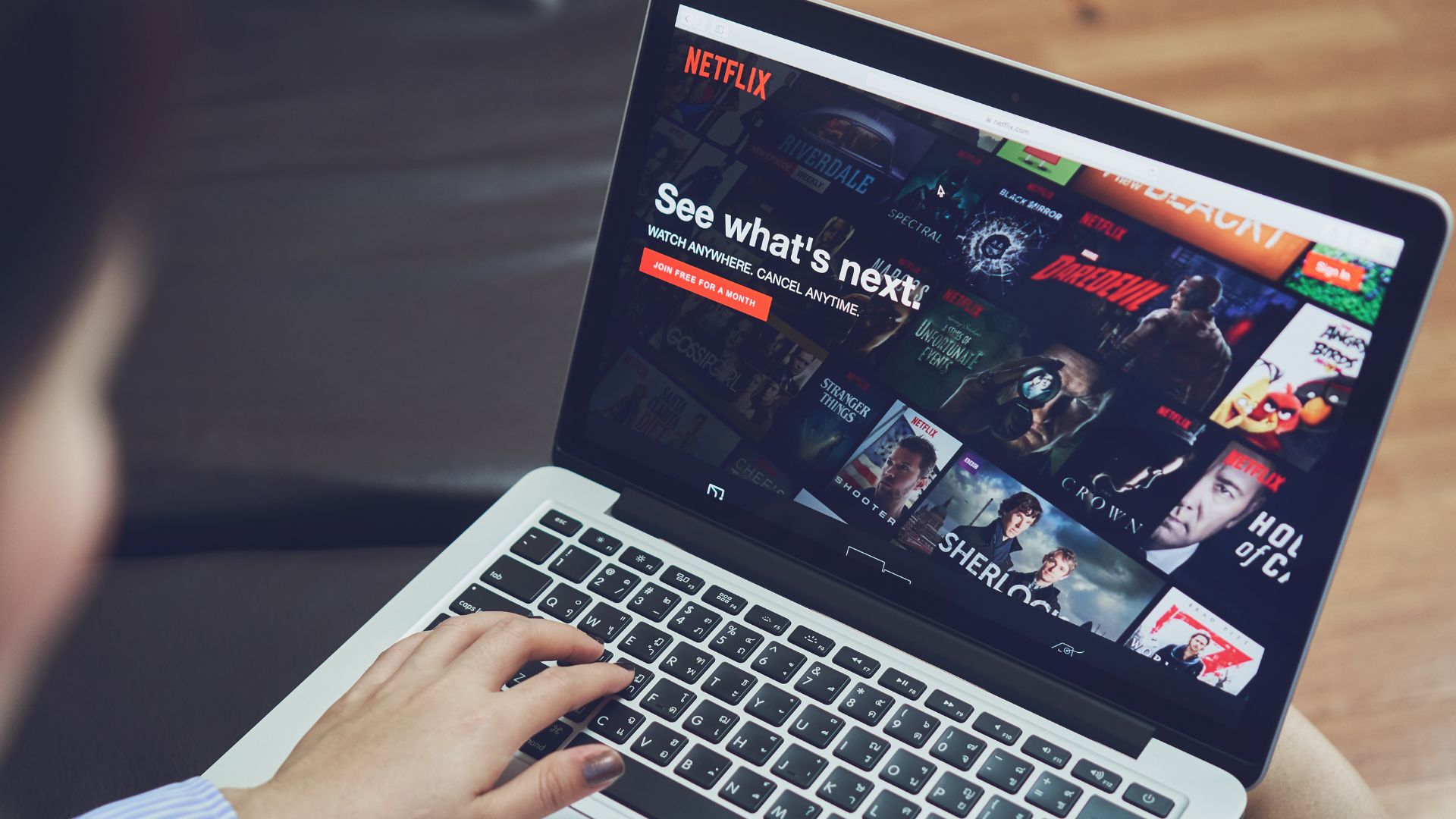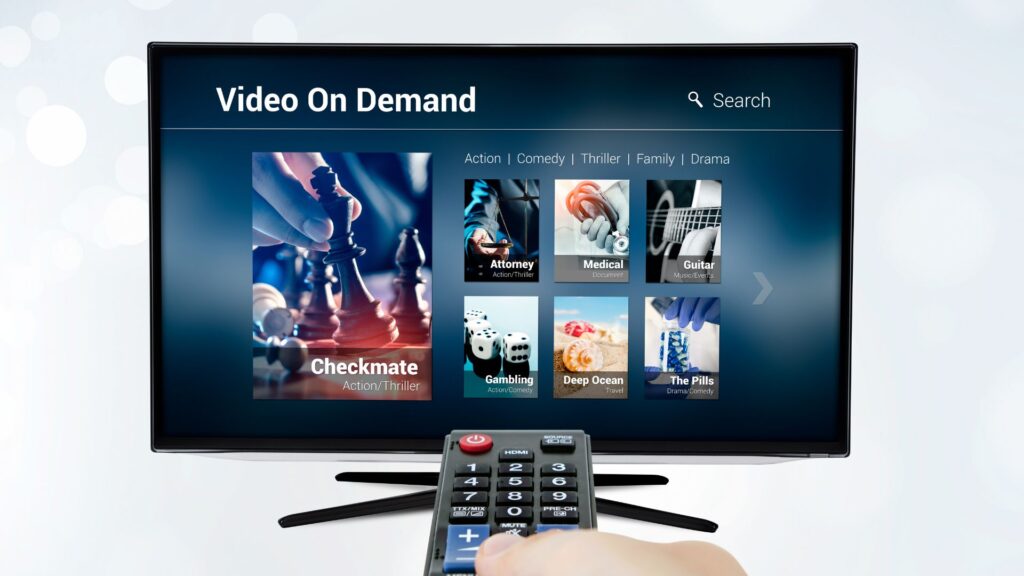
SaaS companies rely on strategic monetization and pricing models to generate revenue and achieve profitability. To thoroughly explain this information, we will utilize streaming companies as an example. As the streaming industry continues to grow, monetization and pricing strategies have become increasingly important for streaming companies looking to scale and increase revenue. In this article, we will explore how understanding your audience, utilizing different monetization methods, and implementing effective pricing strategies can help grow your streaming product.
Understand Your Audience Before Developing a Strategy

It is crucial to understand your target audience and their willingness to pay for your product. Conducting market research and user testing can help you determine the most appealing features and prices for your potential customers. This information can then be used to inform your monetization and video streaming pricing decisions.
For example, if your target audience is primarily younger, tech-savvy users, they may be more likely to pay for a subscription service with a wide variety of content. Netflix is a great example of this. With their diverse range of original content and large video libraries of licensed content, Netflix is able to attract a wide range of viewers. On the other hand, if your target audience is older and less tech-savvy, they may be more likely to prefer a more traditional advertising-based model. In this case, a service like Hulu — which uses a combination of subscription and advertising revenue streams — may be more effective.
Evaluating Monetization Methods

There are several monetization strategies available for streaming products, each with their own pros and cons. Options can involve users paying monthly fees, viewing ad-supported content, or even purchasing individual programs. The most common streaming monetization methods include Subscription Video on Demand (SVOD), Ad-Based Video on Demand (AVOD), and Transactional Video on Demand (TVOD).
Subscription Video on Demand (SVOD)

With Subscription Video on Demand, users pay a recurring fee for access to a service’s curated content library. Streaming services, such as Netflix, use this monetization model as a means of generating recurring revenue by offering exclusive and original content to their subscribers.
The SVOD model provides a predictable source of income, since subscribers are required to pay a recurring fee to access the content. This advantage can help the company plan and budget for future content development and acquisition. To effectively utilize the SVOD model, platforms must have a comprehensive content strategy in place to ensure that the library of content is regularly updated with new and engaging titles, as well as a robust marketing and retention strategy to encourage subscribers to remain with the service. Additionally, the service must have a user-friendly platform and reliable streaming infrastructure to ensure a high-quality viewing experience for users. However, it’s important to note that users may be hesitant to pay for a subscription if they don’t see enough value in the product.
Ad-Based Video on Demand (AVOD)

Streaming services can also offer free ad-supported access to their content through Ad-Based Video on Demand. This video monetization model is useful for reaching a wider audience and generating additional revenue through advertising.
Advertising can also be a viable monetization strategy, especially if your product has a large and engaged user base. YouTube is a great example of this, as they use targeted advertising to generate revenue while still providing a free service to users. To effectively utilize the AVOD model, firms must have a comprehensive advertising strategy in place. This includes integrating advertisements into the viewing experience in a way that is non-intrusive and does not detract from the user experience. The video streaming service must also have a robust user tracking and targeting system to ensure that advertisements are relevant and engaging to viewers.
Transactional Video on Demand (TVOD)

Through Transactional Video on Demand (TVOD), users pay for each video they choose to watch rather than subscribing to an ongoing service. Firms can use this model by offering users the option to purchase or rent individual titles or collections of content for a one-time fee. For example, game streaming platforms like Twitch, allows users to subscribe to individual streamers and use that streamer’s respective emotes and badges to enhance the overall viewing experience. But it’s also important to not overuse this method, as it can make the product feel too expensive and users may be less willing to pay for your video streaming services.
One advantage of TVOD is that it allows platforms to monetize a wider range of content, including older titles that may not have as much demand for a monthly subscription or niche titles that appeal to a smaller audience. Additionally, the revenue from TVOD purchases can be a reliable source of income for the service and content creators, as users are charged for watching the video. Implementing TVOD requires a secure and user-friendly payment system, as well as proper rights management to ensure that content creators are properly compensated. The pricing strategy for TVOD content must also be carefully considered, as setting streaming prices too high may discourage your target market from making purchases, while setting them too low may not provide sufficient revenue.
Choosing a Pricing Strategy

There are a variety of pricing strategies that can be used for streaming products. This can include offering free plans while enticing them to become a paid subscriber for extra perks. Services can also provide varying price points depending on users’ needs or even charge users for individual programs. Some common strategies for streaming platforms include freemium, tiered pricing, and pay-per-use.
Freemium

Freemium pricing — which offers a basic version of the product for free and charges for additional features or content — can be an effective way to attract new users and generate revenue from power users. Plex is an example that offers a free ad-supported streaming experience but with a paid subscription, users can access members-only features such as downloads and extras. However, it’s important to ensure that the free version is still valuable to users to prevent them from feeling like they’re being “nickel-and-dimed.”
A freemium model for a streaming service can be an effective way to attract new users and generate revenue from a portion of them. For example, a company can offer access to a limited library of content in the free version. Then, a premium version can provide access to a larger library of content, as well as additional features such as offline viewing, ad-free viewing, and higher-quality streams to help reach revenue goals. The free version of the service can be a valuable tool for user acquisition, as it provides an opportunity to experience the platform and the content it offers, before committing to a paid subscription. The premium version can then serve as an upsell opportunity, providing users with additional value in exchange for a fee.
Tiered Pricing

Having a business model with different levels of service at different price points can also be an effective way to monetize a product. Tiered pricing methods allow users to choose the level of service that best meets their needs and can generate more revenue from power users. For example, Sling TV has three different price points with the option to stream on multiple devices and more channel options in the higher price tier. This allows users to pick the plan that best suits their needs and budget. But it’s important to make sure there is a clear differentiation between the different tiers to avoid confusion.
This method allows users to choose the level of service that best meets their needs and budget, and can help generate more revenue from power users who are willing to pay for premium features and content. For example, platforms can offer a basic, affordable plan that includes access to a limited library of content, and several premium plans that offer additional features. This can include access to a larger library of content, offline viewing, ad-free viewing, and higher quality streams. Each premium plan can have a different price point, allowing active users to choose the level of service that best meets their needs.
It’s important to make sure there is a clear differentiation between the different tiers of service so users can easily understand the value of each plan and make an informed decision. Streamers can achieve this by clearly articulating the features and content of each tier, and by providing clear pricing and billing information.
Pay-Per-Use

Pay-per-use pricing, which charges users for each use or viewing of the product, can be an effective way to monetize a product with high-value content. This method can be particularly effective if your product offers exclusive or high-quality content. For example, with pay-per-view services like UFC Fight Pass, users can purchase individual fights or events and watch them live or on-demand. However, it’s important to ensure that the cost per use is reasonable to avoid pricing users out.
Charging users for individual products can benefit streaming companies in a number of ways. One key advantage of this model is that it allows the company to generate revenue from a wider range of users, including those who may not be interested in purchasing a subscription. This can help increase the company’s overall revenue and profitability. Another advantage is that it allows the company to monetize high-value content, such as live sports events, concerts, or original programming. These events or shows may not be part of the standard subscription package, but users can still purchase access to them on a pay-per-use basis, providing a new stream of revenue for the company.
Optimizing Your Monetization and Pricing Strategies

Once you have implemented a monetization and streaming services pricing strategy, it’s important to continually test and optimize it to improve revenue. A/B testing can test different tv streaming prices and monetization methods and data analysis can help you understand which strategies are most effective for your customer base. Additionally, streaming companies can conduct an A/B test to compare the performance of a subscription-based strategy versus an ad-supported strategy, tracking and comparing the revenue and user engagement for each group over a set period of time. For example, businesses can test different pricing points or ad formats to see which price point generates the most revenue without negatively impacting the user experience.
Additionally, it is important to keep in mind that your target audience and their customer experiences may change over time, so it’s important to regularly conduct market research and user testing to stay informed about your target market’s current needs and preferences. Similarly, different streaming monetization and pricing strategies may work better for different types of products or at different stages of a product’s lifecycle. For example, a subscription-based model may be more effective for a newly launched product, while an advertising-based model may be more effective for a more established product with a large user base.
Leverage the Insights of a Growth Marketing Agency for Your Streaming Company

A well thought-out monetization and pricing strategy is crucial for growing a streaming product. By understanding your target audience and their willingness to pay, you can increase revenue and scale your product. However, it’s important to remember that the strategy should be continually tested and optimized to ensure it stays effective over time. Companies in the streaming industry should be aware that the market is constantly changing and they should be ready to adapt their strategies accordingly. With the help of a growth marketing agency, like Teknicks, you can receive professional guidance on monetization and video streaming pricing strategies. To learn more about our services and how we can grow your streaming products, schedule a free growth strategy meeting.










